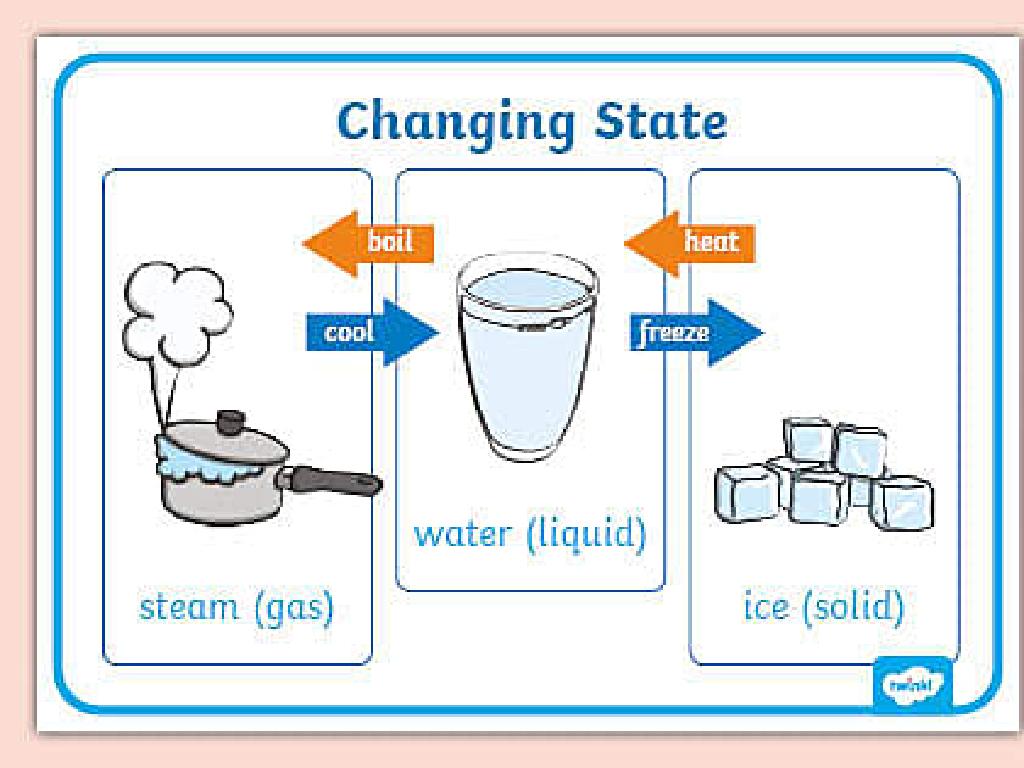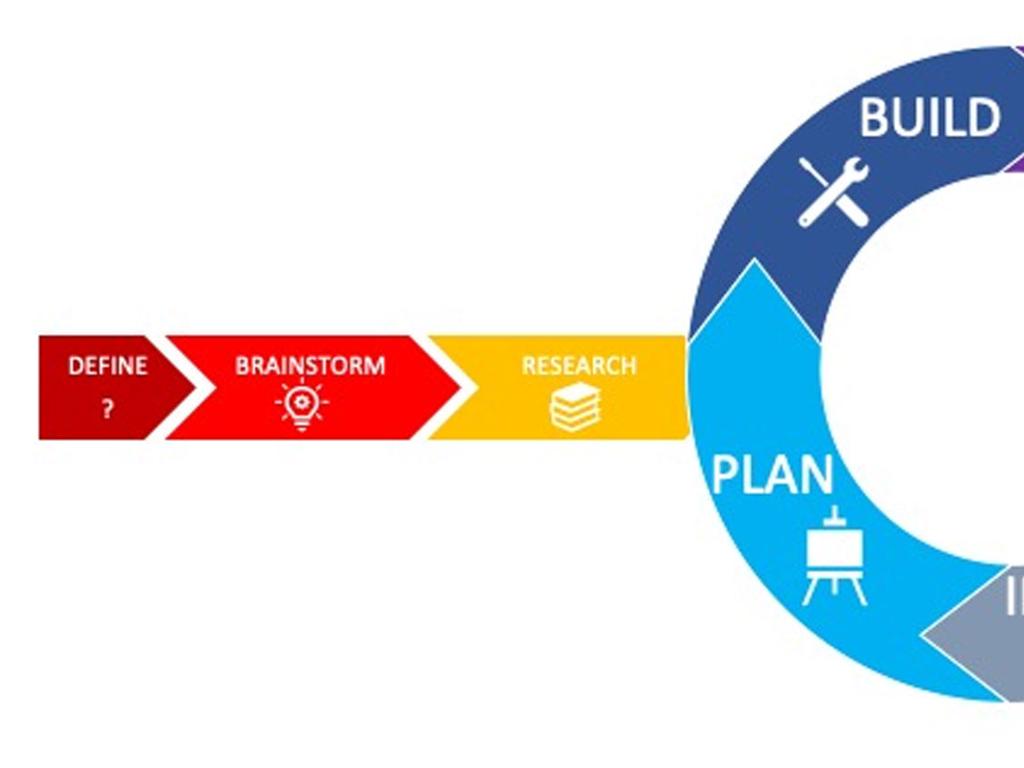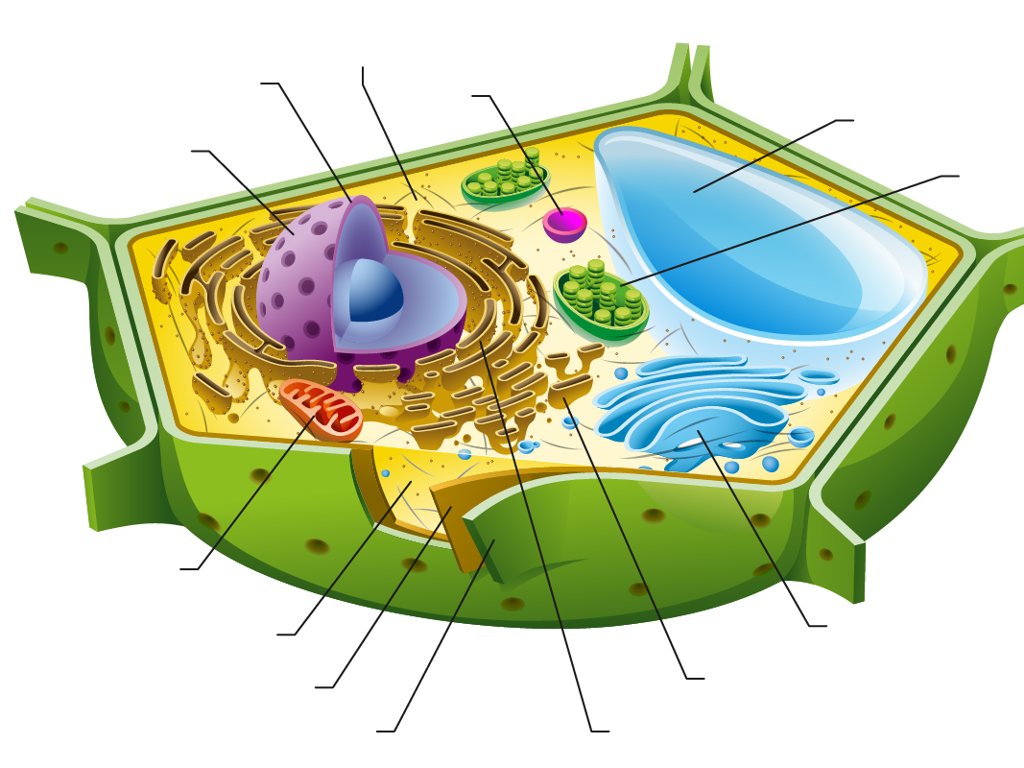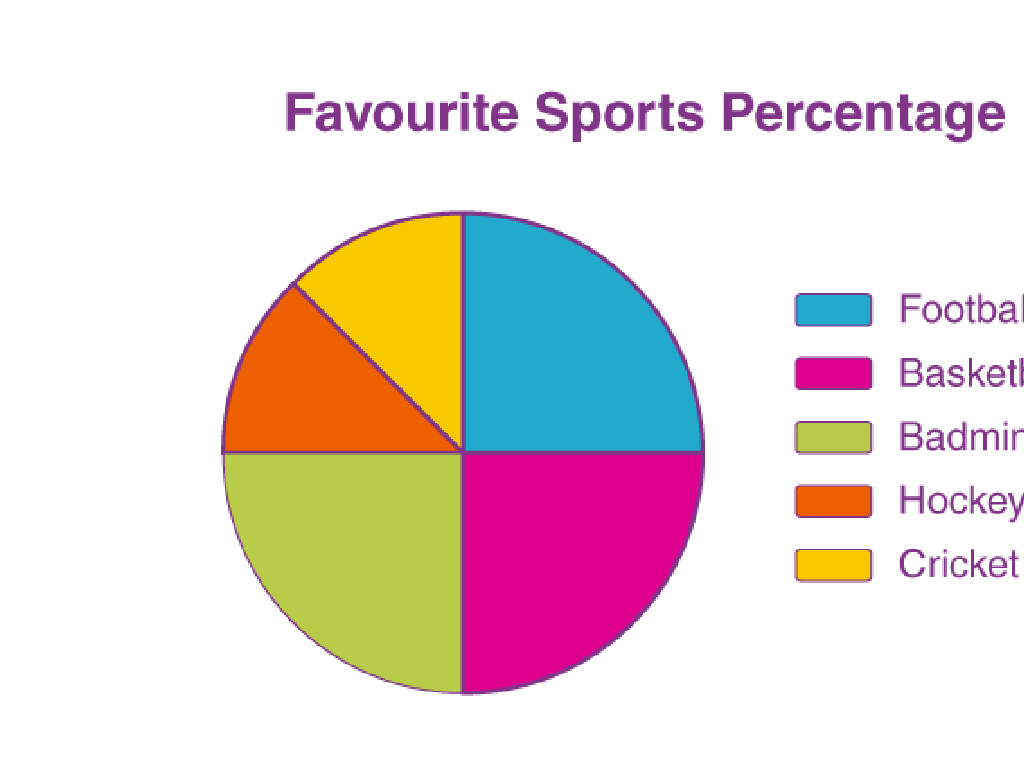Martin Luther King Jr.
Subject: Social studies
Grade: Third grade
Topic: Historical Figures
Please LOG IN to download the presentation. Access is available to registered users only.
View More Content
Learning About Martin Luther King Jr.
– Who was Martin Luther King Jr.?
– A leader who fought for civil rights
– His legacy and why we remember
– We celebrate MLK Day to honor his work
– Equality and justice for all
– Treating everyone the same, no matter their color
– How he changed America
– His speeches and peaceful protests helped end unfair laws
|
Martin Luther King Jr. was a significant figure in American history who advocated for civil rights through peaceful protests and powerful speeches. His efforts contributed to the advancement of equality and justice in society. It’s important for students to recognize why we commemorate his achievements and continue to uphold the values he fought for. Discuss the concept of equality and how King’s work helped to ensure that people of all races have the same rights and opportunities. Encourage students to think about how fairness and justice play a role in their own lives and in the community.
Early Life of Martin Luther King Jr.
– Born in Atlanta, Georgia
– Martin was born on January 15, 1929
– Grew up with a loving family
– His family was very close and supportive
– Faced segregation as a child
– Segregation meant separation of black and white people
– Inspired to fight for equality
– Early experiences of unfairness led him to become a leader
|
This slide introduces students to the early years of Martin Luther King Jr., an influential leader in the American civil rights movement. Born in Atlanta, Georgia, on January 15, 1929, Martin grew up in a nurturing environment with a family that valued education and faith. However, he also experienced the harsh realities of segregation, which at the time enforced a policy of racial separation, affecting every aspect of daily life for African Americans. These early experiences of discrimination and injustice deeply impacted Martin and set him on a path to advocate for equality and human rights. Encourage students to reflect on how their own experiences shape their views and actions. Discuss the importance of having supportive people in our lives and how Martin’s family played a significant role in his development as a leader.
Martin Luther King Jr.: Education and Leadership
– King’s early education and values
– Learned about equality and justice
– Education’s role in leadership
– Knowledge and ethics guided his actions
– Peaceful protest for civil rights
– Non-violent methods to oppose unfair laws
– King as a civil rights leader
|
This slide aims to teach students about the importance of education in Martin Luther King Jr.’s life and how it prepared him to become a leader in the civil rights movement. Emphasize the values of equality and justice that he learned during his schooling, which influenced his philosophy. Discuss how King’s education played a crucial role in shaping his path to becoming a prominent figure who advocated for civil rights through peaceful protest. Highlight the significance of non-violent resistance and how King used this approach to challenge and change unfair laws. Encourage students to think about how they can use their own education to make positive changes in their community.
I Have a Dream: Martin Luther King Jr.’s Vision
– MLK’s famous Lincoln Memorial speech
– Understanding King’s dream
– King dreamed of fairness for all people, no matter their skin color.
– Equality and unity in King’s words
– He spoke of a world where everyone lives together in peace.
– The impact of ‘I Have a Dream’
– This speech inspired many and helped change laws for equality.
|
This slide introduces students to Martin Luther King Jr.’s iconic ‘I Have a Dream’ speech, delivered at the Lincoln Memorial. Emphasize the historical context of the speech during the Civil Rights Movement. Discuss the central themes of King’s dream, focusing on his vision of a society where all individuals, regardless of race, are treated equally and live together in harmony. Highlight the lasting significance of the speech and how it played a pivotal role in promoting civil rights and social change. Encourage students to reflect on the meaning of equality and unity and how these principles are relevant in their lives today.
Martin Luther King Jr. and The Nobel Peace Prize
– MLK’s nonviolent civil rights fight
– He believed in using peaceful methods to end racial segregation.
– Youngest Nobel Peace Prize winner
– At age 35, he was the youngest to win the Nobel Peace Prize in 1964.
– Nobel Prize’s impact on civil rights
– The award highlighted the importance of his work for equality.
|
This slide highlights the remarkable achievements of Martin Luther King Jr. in his struggle for civil rights through nonviolent means. It’s crucial to convey to the students the significance of his approach and how it led to him being the youngest person to receive the Nobel Peace Prize at the time. Discuss the impact of this recognition on the civil rights movement, emphasizing that it brought global attention to the fight against racial discrimination in the United States. Encourage students to reflect on the value of peaceful protest and its role in bringing about social change.
The Legacy of Martin Luther King Jr.
– MLK’s impact on America
– Fought for equality and civil rights
– His work’s impact today
– Continues to inspire fairness and justice
– Honoring MLK: A special day
– We celebrate MLK Day every January
– Keeping his dream alive
– We can be kind and fair to everyone
|
Martin Luther King Jr. was a leader who worked hard to make America a place where everyone is treated equally, no matter their skin color. He gave speeches and led peaceful protests to fight for civil rights. Today, his work still encourages people to treat others with fairness and to stand up for what is right. We honor his memory by celebrating Martin Luther King Jr. Day on the third Monday of January each year. On this day, we remember his life and achievements, and we can also do acts of kindness and fairness in our community to keep his dream alive. Encourage students to think of ways they can show fairness and kindness at school and at home.
Class Activity: ‘I Have a Dream’ Speech
– Listen to MLK’s famous speech
– Discuss our dreams for a better world
– Write your own dream speech
– Think about changes you wish to see
– Share your speech with the class
– Practice public speaking skills
|
This activity is designed to engage students with Martin Luther King Jr.’s legacy by listening to his iconic ‘I Have a Dream’ speech. After listening, facilitate a class discussion where students share their own dreams for making the world a better place. Then, have them write their own short speeches, drawing inspiration from MLK’s message of hope and equality. Allow students to share their speeches with the class to practice public speaking. This will not only help them understand the historical significance of MLK’s work but also encourage them to think critically about their own role in shaping a better future. Possible activities include creating posters of their dreams, pairing up to discuss their dreams before sharing, or drawing pictures to accompany their speeches.






